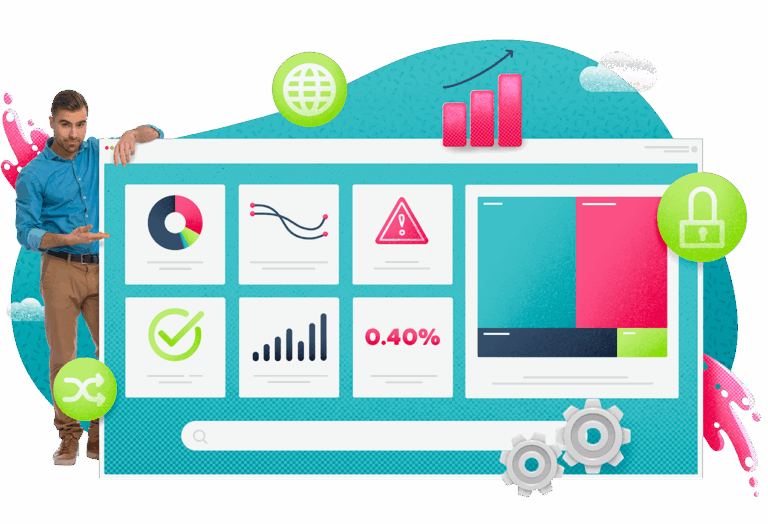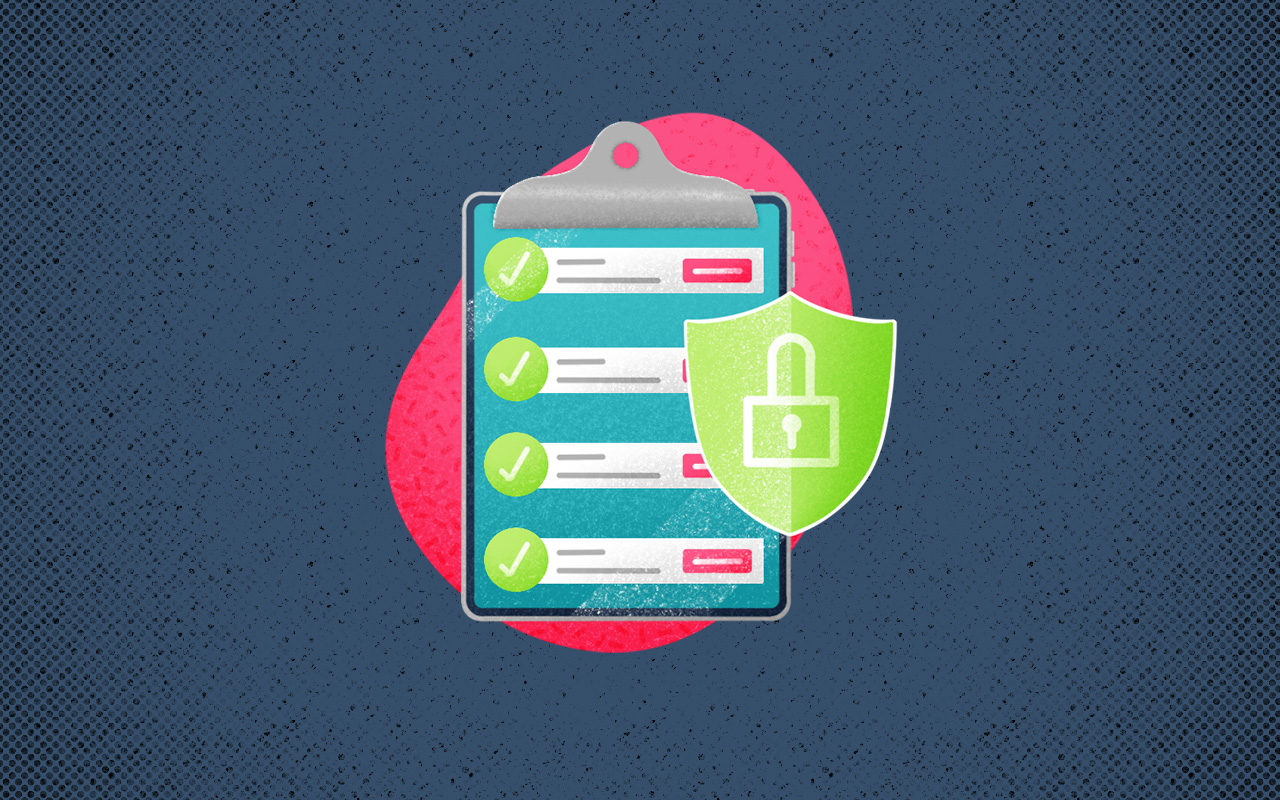As more sensitive data is stored and shared online, the risks associated with data breaches, hacking, and cyber-attacks grow exponentially. Developing robust cybersecurity measures is no longer a choice, but an absolute necessity for any entity that runs online. Whether private companies, government agencies, nonprofits, or other institutions, having comprehensive policies, controls, and procedures in place to secure IT systems and data is fundamental in today’s digital landscape.
The threats are real and ever-evolving, from individual bad actors to sophisticated cyber-crime rings and even state-sponsored attackers. That’s why implementing comprehensive Security Assistance Plans (SAPs) must be a top priority. With strong security protocols and vigilant monitoring in place, organizations can prevent many cyber incidents and minimize damage when attacks do occur. There is no perfect security, but well-designed SAPs show an organization’s commitment to protecting its IT resources and the people who rely on them. As connectivity increases, so does an organization’s vulnerability if proper cybersecurity is not made a core part of IT operations.
What is a Security Assistance Plan (SAP)?
A Security Assistance Plan (SAP) is a strategic plan and roadmap that outlines an organization’s approach to information security. The goal of an SAP is to help organizations protect critical assets, data, and infrastructure from cyber threats and vulnerabilities.
At its core, an SAP aims to set up policies, procedures, and controls that align with industry best practices for security and risk management. This includes identifying stakeholders within the organization that have a role in security, conducting risk assessments to uncover vulnerabilities, implementing both technical and operational controls, setting up incident response procedures in case of a breach, and ongoing training and awareness for staff.
The SAP is the central nervous system that connects and coordinates the organization’s security efforts. Rather than a collection of disjointed or siloed practices, SAPs integrate people, processes, and technologies into a comprehensive security program tailored to the organization’s unique needs and environment. As cyber threats evolve, the SAP provides the blueprint for strengthening the organization’s defenses. For more information about cybersecurity features for service desks, check out our recent blog.
Key Components of an SAP
A comprehensive Security Assistance Plan (SAP) for IT infrastructure includes several key components:
-
Risk Assessment: A risk assessment examines potential threats, vulnerabilities, and risks to IT systems and data. It helps prioritize security controls and guide SAP development.
-
Security Policies: Security policies set up guidelines and requirements for access controls, acceptable use, incident response, data protection, and other areas. They provide a framework for SAP implementation.
-
Access Controls: Access controls regulate who can access systems and data and what they can do. Examples include authentication, authorization, and auditing controls.
-
Security Technologies: Technical security solutions like firewalls, VPNs, antivirus software, and intrusion detection systems help mitigate risks.
-
Employee Training: Training helps ensure employees understand security policies, follow proper procedures, and recognize threats like phishing.
-
Incident Response: Incident response plans outline procedures for detecting, responding to, and recovering from security incidents.
-
Compliance: SAPs help organizations maintain compliance with industry regulations, standards, and legal requirements related to data security and privacy.
-
Continuous Monitoring: Ongoing monitoring and auditing help to detect new threats and ensure continued SAP effectiveness.
Benefits of SAPs for IT Security
Security Assistance Plans (SAPs) provide organizations with many benefits when it comes to IT security and risk management. Some key benefits include:
Risk Mitigation
Implementing a comprehensive SAP enables organizations to proactively find, assess, and address security risks and vulnerabilities. By having documented policies, procedures, and controls in place, companies can reduce their exposure to cyber threats and minimize potential business impacts. SAPs aid in mitigating risks related to data breaches, malware infections, insider threats, distributed denial of service (DDoS) attacks, and more.
Compliance
SAPs help organizations adhere to various compliance requirements and industry security standards. This includes frameworks like PCI DSS, HIPAA, SOX, GLBA, and others. An SAP provides evidence of due care and due diligence in establishing a mature security program. Auditors will confirm that proper security controls are implemented per the SAP.
Security Awareness
An effective SAP involves comprehensive security awareness and training initiatives for employees and system users. By educating staff on security best practices, threats, company policies, and their responsibilities, organizations can improve security hygiene and culture. Security awareness is a critical part of an SAP, enhancing the organization’s overall security posture.
3 Steps to Implementing a Security Assistance Plan
Implementing an effective Security Assistance Plan (SAP) requires thoughtful planning and coordination across the organization. The key steps include:
1. Identifying Stakeholders and Gathering Input
A cross-functional team should be assembled to provide input on the SAP, such as representatives from IT, security, legal, human resources, facilities, business units, and executive leadership. Their diverse perspectives will ensure the SAP addresses the full range of security needs. Conduct meetings with stakeholders to gather requirements, identify assets and data to protect, understand business goals, and gain buy-in.
2. Conducting a Comprehensive Risk Assessment
Perform an in-depth analysis of vulnerabilities, threats, and potential business impacts. Assess risks across people, processes, data, systems, facilities, and vendors. Identify regulatory compliance requirements. Prioritize risks for remediation based on severity and business criticality. Document the risk assessment methodology, findings, and recommendations.
3. Developing Security Policies and Procedures
Formulate formal policies and procedures aligned with business needs and priorities. Address access controls, acceptable use, incident response, data classifications, human resources, physical security, and third-party vendors. Establish standards for security technologies. Define roles and responsibilities. Gain sign-off from leadership and communicate policies across the organization.
Implementing Access Controls
Implementing stringent access controls is a critical part of any security assistance plan. Access controls regulate who can access your systems and data and what they can do.
Some key access control strategies include:
-
User access management – Control access through user accounts and authentication methods like passwords or multi-factor authentication. Set up role-based access levels aligned to job functions.
-
Network access control – Limit network access through firewalls, VPNs, VLAN segmentation and ACLs. This protects systems from unauthorized external access.
-
Data access controls – Use access control lists, file system permissions, database roles and encryption to control data access. Sensitive data should have minimal access.
-
Remote access controls – Control remote system access through VPNs, bastion hosts, jump servers and non-standing privileged access. Limit access vectors for external threats.
-
Physical access controls – Use physical barriers like locks as well as security personnel to protect on-premise hardware and infrastructure.
-
Administrative access controls – Restrict admin and root access to essential personnel. Control admin permissions and monitor privileged access.
Implementing access privileges and outlining a separation of duties is key. Log and monitor access to ensure control efficacy. Well-designed access controls are fundamental for securing critical systems and data.
Security Technologies
Deploying the right mix of security technologies is critical for protecting an organization’s systems and data. Technical safeguards provide automated controls to prevent, detect, and respond to cybersecurity incidents.
When implementing an SAP, key security technologies to deploy include:
-
Next-generation firewalls – Advanced firewalls that provide deep packet inspection, application awareness, and integrated intrusion prevention. They can block malicious traffic while allowing legitimate applications.
-
Web application firewalls – Protect web apps by analyzing HTTP traffic and blocking injections, cross-site scripting, and other web-based threats.
-
Endpoint protection – Antivirus, anti-malware, and advanced endpoint security tools to safeguard devices and prevent infections.
-
Email security – Tools like spam filters, anti-phishing, and sandboxing to filter malicious emails and attachments.
-
Encryption – Encryption of data at rest and in transit protects confidentiality and integrity of sensitive information.
-
Multi-factor authentication – Adds an extra layer of identity verification for secure access and prevents account takeovers.
-
Security information and event management (SIEM) – Collects and analyzes log data to detect anomalies and enable rapid incident response.
-
Vulnerability scanning – Proactively scans networks, apps, endpoints to find and remediate vulnerabilities before they’re exploited.
The right mix of layered security defenses creates obstacles for attackers, reduces risks, and enables quick detection and response to any incidents. Technology solutions should be regularly reviewed and updated as part of the SAP lifecycle.
Incident Response
A critical part of any security program is having effective incident response procedures in place. An incident response plan outlines the steps that should be taken when a security breach or cyberattack occurs.
The goal of incident response is to handle any security events in a way that limits damage and restores normal operations as quickly as possible. When an incident is detected, the incident response team should immediately investigate and analyze the issue to determine its scope and impact. Steps need to be taken to contain the incident and prevent any further compromise of systems or data.
It’s essential to have clear communication protocols and decision-making authority outlined in the incident response plan. Notification procedures detailing who needs to be informed about the incident should be followed. Legal obligations regarding breach disclosure may apply depending on the data compromised.
Evidence from the attack needs to be carefully collected and preserved by the incident response team. This evidence can be crucial for figuring out the root cause and be used for any potential legal proceedings. Forensic analysis of compromised systems may need to be conducted.
Recovery and mitigation efforts will aim to restore affected systems and processes back to normal operational state. The incident response plan should list steps to verify the system’s integrity and functionality after an incident. Lessons learned from each incident should be documented and used to improve security defenses and future response efforts.
Regular incident response training and simulation exercises help ensure the incident response team is well prepared to handle any actual security events. Having an effective incident response plan is critical for minimizing potential impacts from cyber threats facing modern organizations.
SAP Training
Organizations should implement comprehensive security awareness training programs as a core part of their security assistance plans. Training helps ensure employees and users understand cybersecurity risks and their responsibilities in protecting sensitive data and systems.
Effective security awareness training should be ongoing, consisting of initial training for new hires followed by regular refresher courses. Training content should cover key topics like phishing, social engineering, password security, physical security, mobile device security, and incident reporting. It’s important to give real-world examples and situational advice tailored to the organization’s specific environment and policies.
Interactive elements like videos, quizzes, and simulated phishing attacks can reinforce training and evaluate comprehension. Training programs should also highlight potential threats users may face and how to respond, for example identifying suspicious emails or unsafe browsing behaviors. Giving users a clear understanding of security policies, safe practices, and how to recognize risks empowers them to contribute to the organization’s overall security.
Metrics like reductions in successful phishing attempts and other incidents can help prove the impact of awareness training over time. Training gives users the knowledge to make smart security decisions and serves as a last line of defense against breaches. With emerging cyber threats, ongoing training is essential for limiting organizational risk through an educated and security-minded workforce.
CONCLUSION
As cyber threats evolve, organizations must remain vigilant and proactive to protect critical systems and data. Implementing a comprehensive Security Assistance Plan (SAP) is one of the most effective ways to enhance an organization’s security posture.
A well-designed SAP provides a framework for identifying risks, setting up policies and procedures, deploying technologies, and training employees. By conducting regular security assessments and monitoring compliance, an SAP enables organizations to address vulnerabilities before they can be exploited.
The benefits of implementing a robust SAP are clear when it comes to strengthening cyber defenses. An SAP eases compliance with industry regulations and standards, promoting a culture of security awareness, and instituting safeguards like access controls and encryption. With strong incident response plans established, organizations can minimize potential damage and recover more quickly from security events.
Organizations cannot afford to be complacent. Utilizing Security Assistance Plans to continuously assess risks, test defenses, and respond to new threats is crucial for managing a strong security posture. Put your organization in a position to succeed with an SAP to detect attacks early and protect your most valuable assets.


